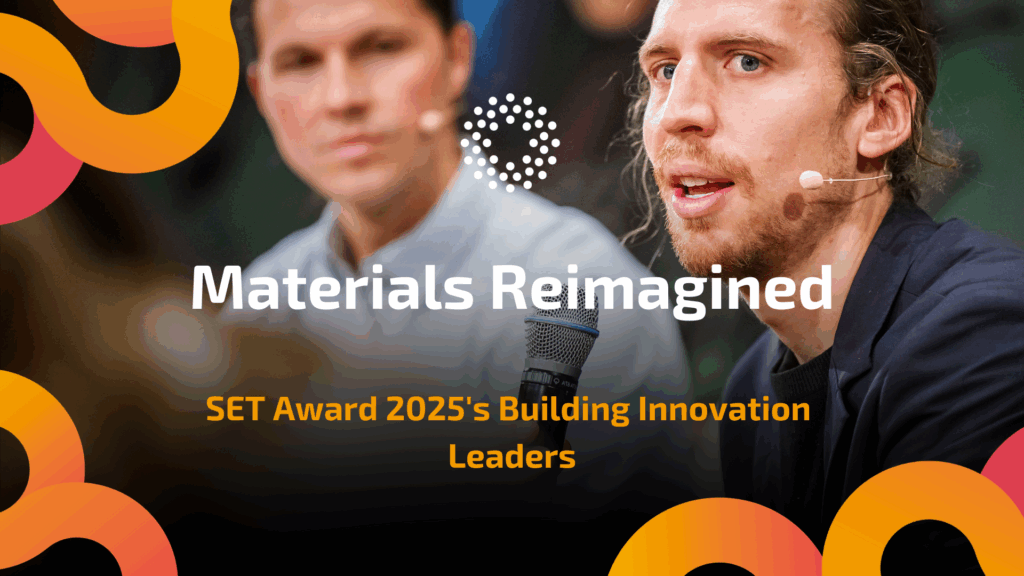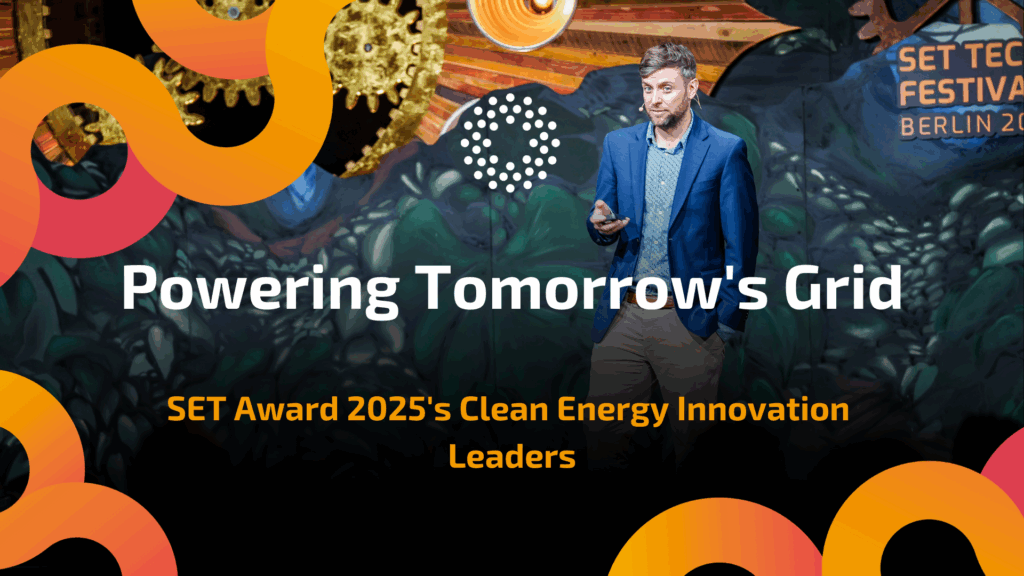Heavy industries like manufacturing and mining have always been seen as ones that are hard to reduce carbon emissions in. But the SET Award 2025 list shows that even these giants could be disrupted. About 14% of the SET100 are industry-focused start-ups, and they’re growing fast, with an amazing expected 22.3× revenue increase in two years. This surge is down to pressures to cut carbon and digitalise processes in factories and refineries, among other things.
According to the latest figures from Net Zero Insights, these up-and-coming companies have raised a combined total of over $77 million through more than 80 investment deals involving over 100 investors. Recent metrics show a trend of consolidation – while the number of deals has dropped by almost 67% compared to last year, the median deal size has increased almost fourfold to $2.5M and the average deal size has grown to around $4.1M. This suggests that investors are putting more money into the most promising industrial decarbonisation technologies in our SET100 group.
First up, we’ll meet the winner, Cyclize. They’ve found a way to turn plastic trash into chemical treasure. Then we’ll introduce the two finalists: ROSI is great at recycling end-of-life solar panels, turning them into valuable materials. And Variolytics is doing some really cool stuff with smart sensors to cut emissions at wastewater plants. Lastly, we’ll take a look at how other innovators are making factories and mines more eco-friendly. What do they all have in common? These companies are coming up with creative solutions to industrial problems, showing that even the “dirty industries” can clean up their act with the right tech.
Winner: Cyclize – turning plastic waste into fuel
Imagine if all those tons of plastic waste we usually burn or dump could instead replace fossil fuels in industry. That’s exactly what Cyclize has achieved with their novel plasma reactor technology that converts mixed plastic waste and even CO₂ into syngas – a direct substitute for natural gas in industrial applications.
Cyclize’s patented process handles any type of plastic waste, even materials unsuitable for conventional recycling, transforming them into high-quality syngas with their self-developed plasma source and innovative electrode concept. The system runs continuously on heterogeneous waste streams and even achieves carbon-negative results according to internal analysis.
Economically, it’s a winner too: their syngas is cheaper than fossil-derived alternatives, meaning industries can adopt it without paying a “green premium.” Cyclize plans to build and operate full-scale waste-to-syngas plants, creating a circular carbon loop that addresses both the plastic waste crisis and industrial decarbonization simultaneously – a rare solution that solves two environmental problems while making financial sense.
ROSI – high-value recycling for solar panels
As the solar energy boom continues, ROSI is addressing what happens to worn-out panels. This French startup has pioneered a high-value recycling process for photovoltaic modules that recovers ultra-pure silicon, silver, copper, aluminum, and glass, returning them to the manufacturing supply chain.
ROSI now operates the world’s first industrial-scale high-value PV recycling plant, which became operational in 2023. Their recycled outputs meet industry-grade standards, allowing manufacturers to use reclaimed materials directly in new solar panels or electronics, dramatically cutting reliance on virgin materials and reducing the carbon footprint.
With expansion planned to Germany and Spain, they’re establishing a blueprint for making solar power truly sustainable from cradle to grave, ensuring solar’s growth won’t be hindered by material scarcity or waste disposal challenges.
Variolytics – making invisible emissions visible
Variolytics tackles emissions from an overlooked source: wastewater treatment plants. They have developed EmiCo lite, a high-tech emission control system that helps facilities measure and reduce greenhouse gas emissions in real time.
Their proprietary IoT analyzer installs directly in biological treatment tanks to monitor emissions as they occur, streaming data to a cloud platform where AI provides actionable recommendations to plant operators. This turn-key solution offers continuous monitoring and automated optimization, making previously invisible methane and nitrous oxide emissions visible and manageable.
The impact is substantial: Variolytics claims EmiCo lite can reduce a plant’s GHG emissions by up to 50% while cutting energy costs by 20% through process efficiency gains. By combining robust hardware sensors with cloud analytics and AI, they’ve created a plug-and-play solution for emissions control in the harsh environment of treatment facilities – turning an overlooked sector into another front in the fight against climate change.
Transforming Industry Through Innovation
Looking across the industry category, several trends stand out. Process intensification technologies are reducing energy consumption through novel chemical pathways. Smart monitoring systems are transforming operational visibility by pinpointing previously unmeasured emissions. Carbon utilization approaches are creating valuable products from waste streams. Circular materials processing is recovering high-value components from complex waste. Digital twins and predictive analytics are enabling unprecedented optimization, while novel catalysts and chemicals are replacing toxic processes with safer alternatives.
AI and Digital Optimization
- Carbon Re uses AI to optimize cement production processes, cutting fuel consumption and related emissions by up to 5%
- encentive’s flexOn platform automatically shifts industrial energy consumption to greener, cheaper periods
- etalytics delivers 20-50% energy savings with its etaONE® AI copilot for complex industrial systems
- 3pmetrics provides Sustainability-as-a-Service software for end-to-end carbon footprint management
- WeavAir creates digital twins of buildings that reduce energy costs by 25% and emissions by 30%
Clean Chemical Processes
- Syzygy uses light instead of combustion to produce hydrogen and syngas at lower costs
- Innovation Mining offers reSolv, a non-toxic gold leaching formula to replace harmful cyanide
- Litus extracts lithium from brines using innovative nanomaterials, minimizing environmental impact
- GlassPoint employs solar-thermal technology to generate industrial steam, replacing natural gas
Emissions Monitoring and Reduction
- SeekOps deploys drone-based sensors to detect and quantify methane emissions at industrial facilities
- Gridcog’s software helps model complex energy transition projects before investment
The overall picture is one of hope and hustle. Heavy industry as the potential to reinvent itself, not only reducing emissions but often saving money – a key factor for adoption.


